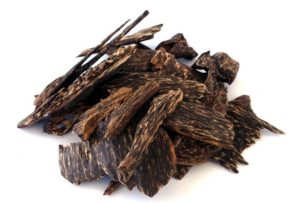

· By Gagni Fane
WHY IS PERFUME EXPENSIVE?
With an expensive perfume, rarity!
Raw materials have a price!
The raw materials that make up our perfumes directly affect their price. Some indeed contain rare natural materials: precious flower petals, roots with exceptional maturation times or even unusual species. For example, the essence considered “the most expensive perfume in the world” in the 1930s was Joy, by Jean Patou. His price ? 160 euros. A price justified by more than tens of thousands of jasmine flowers and more than 300 May roses to make a single bottle!

Ambergris
Some ingredients are indeed more than popular in the perfume industry.
Here are several examples:
Ambergris at around €10,000/kg. This substance produced by the digestive system of certain species of sperm whales has a unique, animal, very strong and marine odor, which softens over time. Ambergris is also used as a fixative to improve the staying power of a perfume, and who knows that? Today, it is most often replaced by synthetic musks, which are respectful of the sperm whale and which smell clean.

Oud wood
Oud wood around €30,000/kg. To defend itself against infections created by small animals, this wood from the humid forests of Asia secretes a resin with a rich and dark woody scent, almost animal. This one is worth a fortune. Its very low yield is associated with a particularly slow and labor-intensive extraction process, but its wake does not leave one indifferent.

Iris root
Iris absolute in the €100,000/kg range. Its oil extraction, which gives it the name iris butter, takes around 6 years. Why such a long time? Because the root grows 3 years in the ground before maturing for such a long time, between dryness and aging. Due to the volume and time required to produce the oil, pure iris is considered one of the most valuable and expensive ingredients. Soapy, sweet, powdery, floral and earthy, its scent is extremely popular in unisex perfumes.
